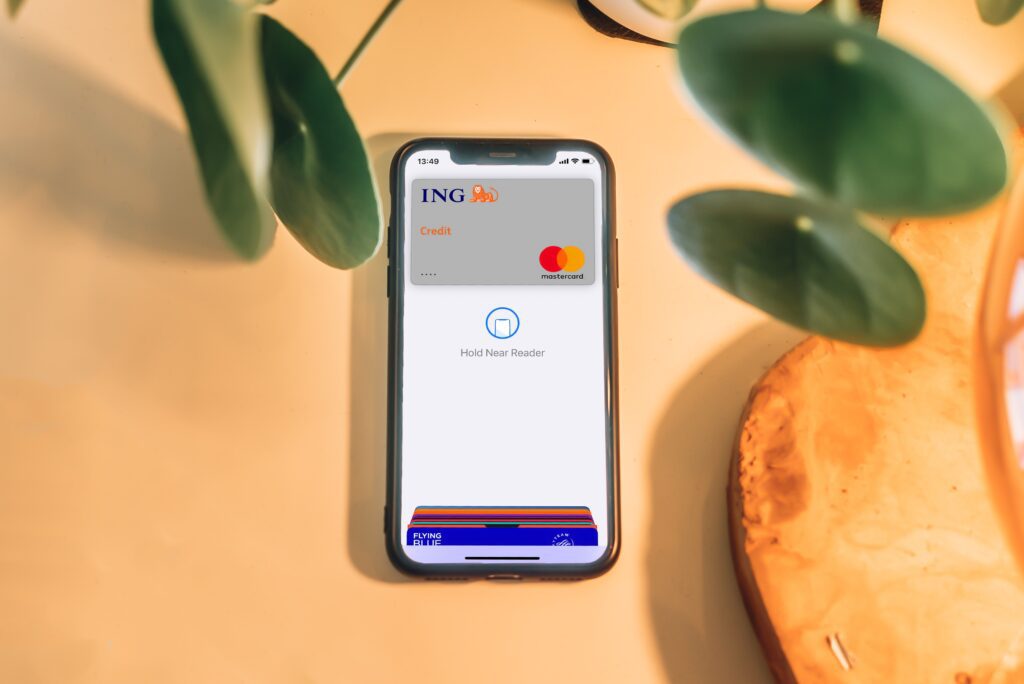
The evolution of the digital age has fundamentally transformed people’s everyday routines. One of the most significant shifts has been finance, with the online checking account at the forefront of this revolution. This banking mode offers unparalleled convenience, allowing individuals to access and manage their finances from the comfort of their homes or while moving. Yet, as with all digital conveniences, online banking comes with challenges primarily centered around security. Ensuring the safety of digital financial transactions is paramount in these technologically advanced times.
1. Strong Passwords: The First Line of Defense
Regarding online security, passwords are more than just a set of characters; they are the primary shield against unauthorized access. A password should be treated seriously, particularly for something as crucial as an online checking account. Creating a strong and unique password isn’t merely a suggestion but a necessity. Combining uppercase letters, lowercase letters, numbers, and even special characters can exponentially increase its effectiveness. Think of it as building a fortress; every character adds a layer, ensuring invaders find it nearly impossible to breach.
2. Regularly Update Your Devices
Every device one uses—smartphones, tablets, laptops, or desktop computers—is a potential gateway to one’s online financial realm. These devices are constantly evolving, not just in terms of functionality but also in security. Cybercriminals continually devise new methods to hack into systems, and device manufacturers counteract these threats by rolling out regular security updates. Ensuring that every device is updated with the latest security patches can effectively reduce vulnerabilities, making it challenging for potential hackers to find a way in.
3. Two-Factor Authentication: Double the Security
Banking has always been about layers of security. Two-factor authentication (2FA) has emerged as a savior for many in digital banking. It isn’t just about entering a password anymore; 2FA demands an additional verification step. This might be a unique code sent to your phone or even a fingerprint scan. Adding this extra layer ensures that even if someone guesses or hacks the password, another barrier is waiting for them, thus significantly decreasing the chance of unauthorized access.
Also read: Document Forgery Detection – Mitigating Fraud in Business World
4. Beware of Phishing Scams
The digital world, while convenient, is also rife with deceit and scams. Cybercriminals are becoming increasingly sophisticated, employing tactics such as phishing to lure unsuspecting users. These scammers aim to extract personal and financial information through seemingly genuine emails or messages. Staying vigilant is crucial. Always verify the source before clicking on any link or downloading an attachment. A simple rule to remember: When in doubt, do not respond. It’s about developing an eye for authenticity and not getting trapped in the web of online deception.
5. Regularly Monitor Account Activity
SoFi states, “Fees can be a real drag when you’re trying to earn and save money. That’s why our high-yield checking and savings account has no account fees, including for overdraft coverage, up to $50.”
Being proactive in monitoring one’s account can make all the difference. Keeping track of every debit and credit is paramount in a world where transactions happen in the blink of an eye. By habitually reviewing transaction details, one checks their spending and quickly spots any irregularities. Spotting a suspicious transaction early on can be the key to preventing potential financial disasters. Consider it a regular health check-up for your finances, ensuring everything is as it should be.
Online banking offers unprecedented convenience, but with it comes the responsibility of safeguarding digital assets. By adhering to these security measures and always staying vigilant, one can enjoy the perks of digital banking while keeping potential threats at bay. After all, in the digital age, safety should always come first.



